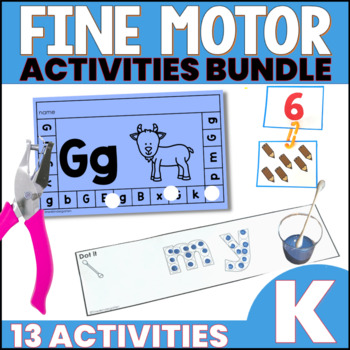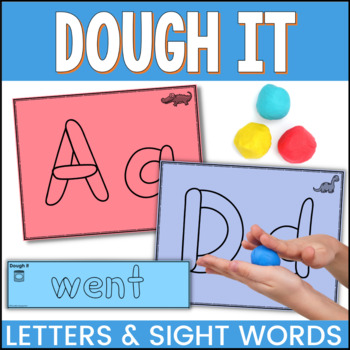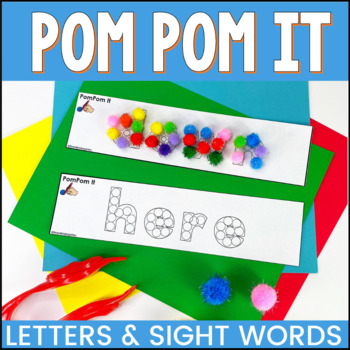Developing Fine Motor Skills Early On Is Important
It is now more important than ever for our little ones to develop their fine motor skills in the primary grades. Having a strong foundation in fine motor skills will transfer into other academic areas such as writing. But more importantly, fine motor skills are also life skills. Children need fine motor skills to do very basic tasks like tying their own shoes or zipping and buttoning their clothing.
Children who lack the ability to perform these everyday tasks could develop low self-esteem or suffer academically. As the workload increases, children who have weak hand muscles find writing very difficult. Often they are unable to complete assignments. Teachers may see them as non-compliant or academically challenged, when in fact they are suffering from a lack of well-developed fine motor skills.
How to Develop Fine Motor Skills
So, how can we help these students develop fine motor skills right from the beginning of the school year? Or, if you are a parent reading this, what can you do at home to develop your child's fine motor skills so they are ready when they begin school?
We can start by giving our little ones lots of opportunities to use their hands and fingers. Look for ways to incorporate fine motor activities into academics at school and daily life at home.
Fine Motor Tools
You'd be surprised at how many things you can find that can be turned into fine motor tools. Just a walk through your local Dollar Store and you will be sure to find more than enough fine motor tools to add to your curriculum.
- tongs
- pompoms
- chenille stems
- beads
- colander
- decorative scissors
- play doh
- hole puncher
- clothespins
- q-tips
- paint
- toy cars
- gems
- ice cube trays
- Lego-like blocks
Ways to Use Fine Motor Tools
Some of these items are obvious in how to use but, others might not be.
Tongs- use tongs to pick up beads, pompom, or gems from ice-cube trays
Chenille Stems- poke the chenille stems through the holes of a colander, threading in and out, string beads on them, or twist into shapes.
Decorative Scissors:- these are harder to use than regular scissors. Have kids cut construction paper up. They just love cutting.
Play-doh- just playing with it helps build strength in the hands. Have Children roll it into balls and snakes.
Hole Puncher- punch paper, construction paper, and cardstock- great for hand strength
For students who have difficulty using scissors, have them lie on their stomachs to cut. This forces the student to hold the scissors in the correct position. You will be amazed at how quickly their scissor skills will improve.
I also have created an entirely new set of resources for Fine Motor Learning that uses many of these items listed above while focussing on literacy skills. I have put them together in a Bundle or you can purchase these resources individually if you would like.
Want to include Fine Motor Activities into your Free Choice Time. Sometimes I give STRUCTURED FREE CHOICE, we are really working on fine motor skills. I usually do this at the start of the year, when I am demonstrating how we rotate for centers.
It's a win-win- I get center rotations in for practice and they work on fine motor skills, yet they think they are playing.
What activities do you use in your class to help your little ones, do you have some special tips or tricks? I'd love to hear- leave me a comment below.









No comments
Post a Comment